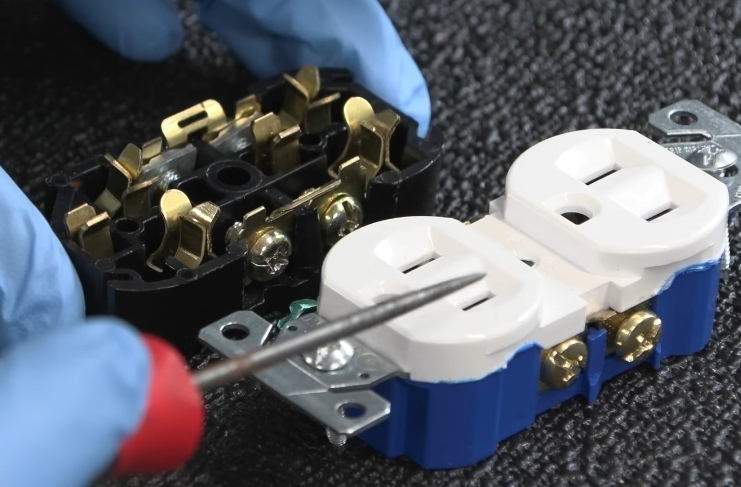
The same is done in space, you realize that…
No, it isn’t. The radio astronomy done in space is for Gamma rays, x-rays, UV and IR. Things the atmosphere blocks.
What’s done on the ground is for much larger wavelengths (+1m) which, again, requires massive equipment that is currently is not feasible to send up.
The fix isn’t to eliminate StarLink, I agree. The fix in my opinion is to have stricter controls from the ITU about how much interference a device can produce.
Put that shit in space like they always should have
So which is it? It’s already done in space, or that’s the direction we should go?
Even your explanation about your original comment being “extremely easy to comprehend” has two opposing statements.


















Spektr-R | Decommissioned, single array, 10 meter diameter
From your link: "The very high angular resolving power was achieved in conjunction with a ground-based system of radio-telescopes and interferometrical methods, "
HALCA | Decommissioned, single array, 8 meter diameter
From your link: This orbit allowed imaging of celestial radio sources by the satellite in conjunction with an array of ground-based radio telescopes" … “the project was eventually cancelled in 2011 due to increasing costs and the difficulties of achieving its science goals”
Orion | “It is believed that this refers to the diameter of the main antenna, which might be well in excess of 100 m”, potentially you’re correct! Oh. These are ground facing dishes that aren’t use for scientific purposes and are highly classified.